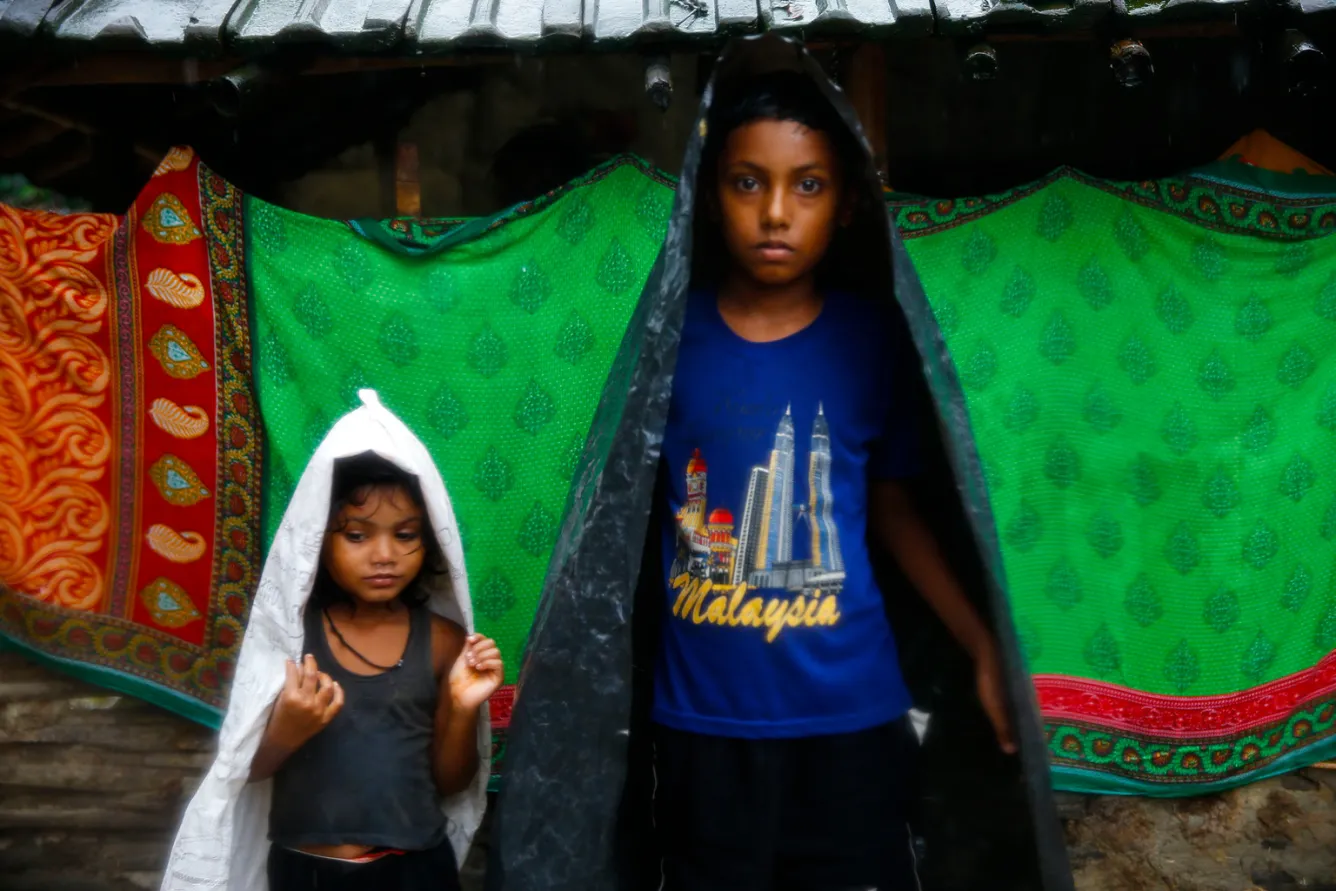Nepal has experienced incessant rainfall for three days since August 11, 2017. Swollen rivers crossed danger levels and spilled into villages, taking a toll on human lives, livestock and destroying adobe homes, food grains, personal belongings, schoolbooks, paddy fields. Twenty seven districts (of the country's 75 districts) have been affected by floods and 11 have been considered to be most affected. As of 14 August 66 people including 12 children (18 per cent) have been reported dead and 35 missing due to floods and landslides. Although rains have lessened in the eastern parts of the country, the western region was still experiencing heavy rainfall which flooded roads and made them impassable for relief efforts. Thousands of families have been displaced across the Terai, and have been taking shelter in schools and other public places, and raised roads. To help UNICEF's response to communities in need in Nepal, click here.
Nepal Flood: UNICEF provides immediate response to affected communities

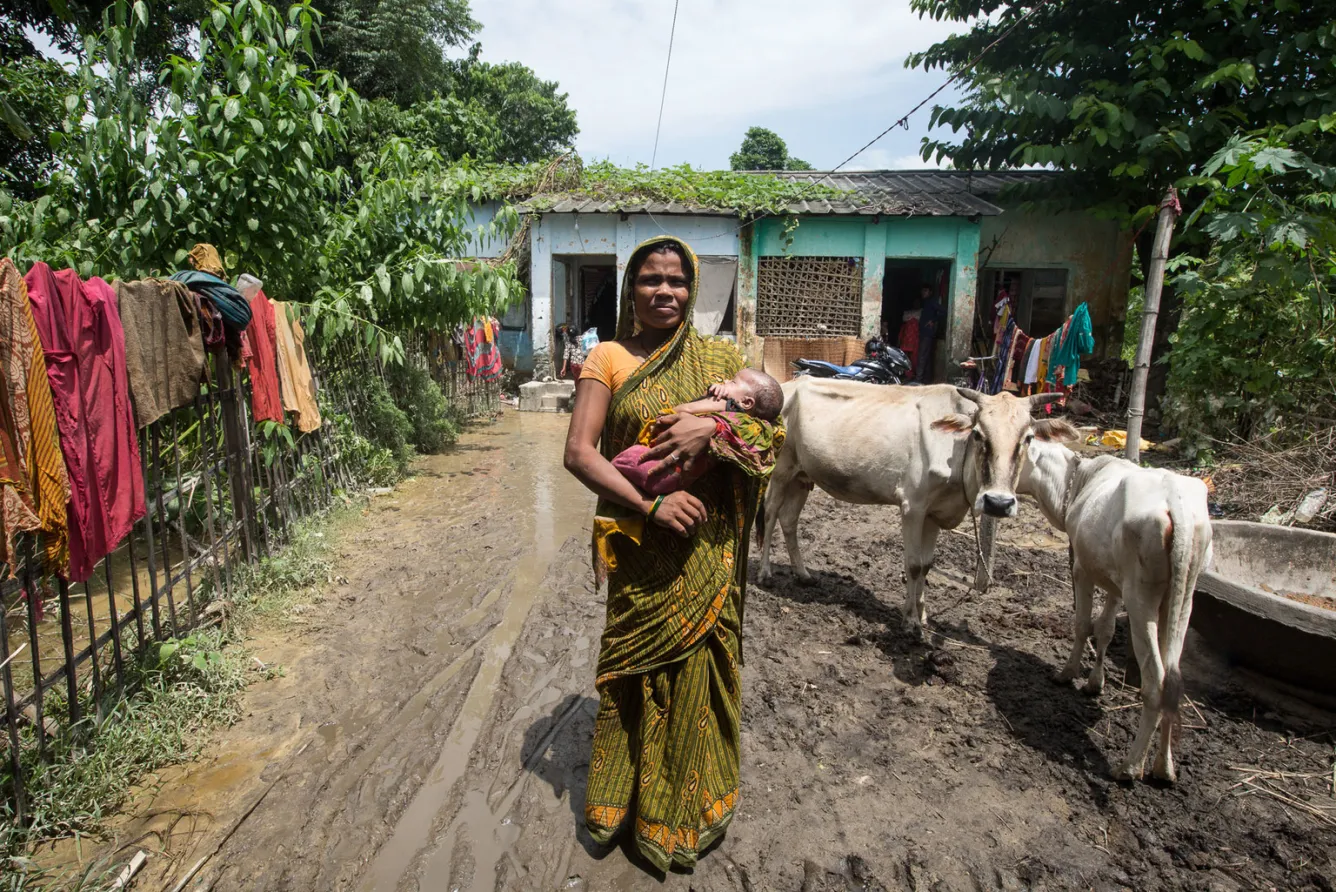
After the floodwaters receded on Monday morning, Asha Devi Raya, 30, came down from the roof of her house in Portaha-2 of Bhardaha village in Saptari District. She had spent the night on the roof along with her 28-day-old baby daughter, four other children, and her in-laws.
Three feet of flood water had inundated their kitchen and swept away their food supplies. Much of Nepal had experienced incessant rainfall for two days since 11 August. This has caused large-scale inundation in the southern part of the country bordering India (the Terai) and a number of landslides in the Hill areas. Monsoon flooding and landslides have so far claimed 66 lives, including 12 children, injured at least 13 people and displaced thousands of families throughout the country particularly in Terai. Thirty five people have been reported missing.
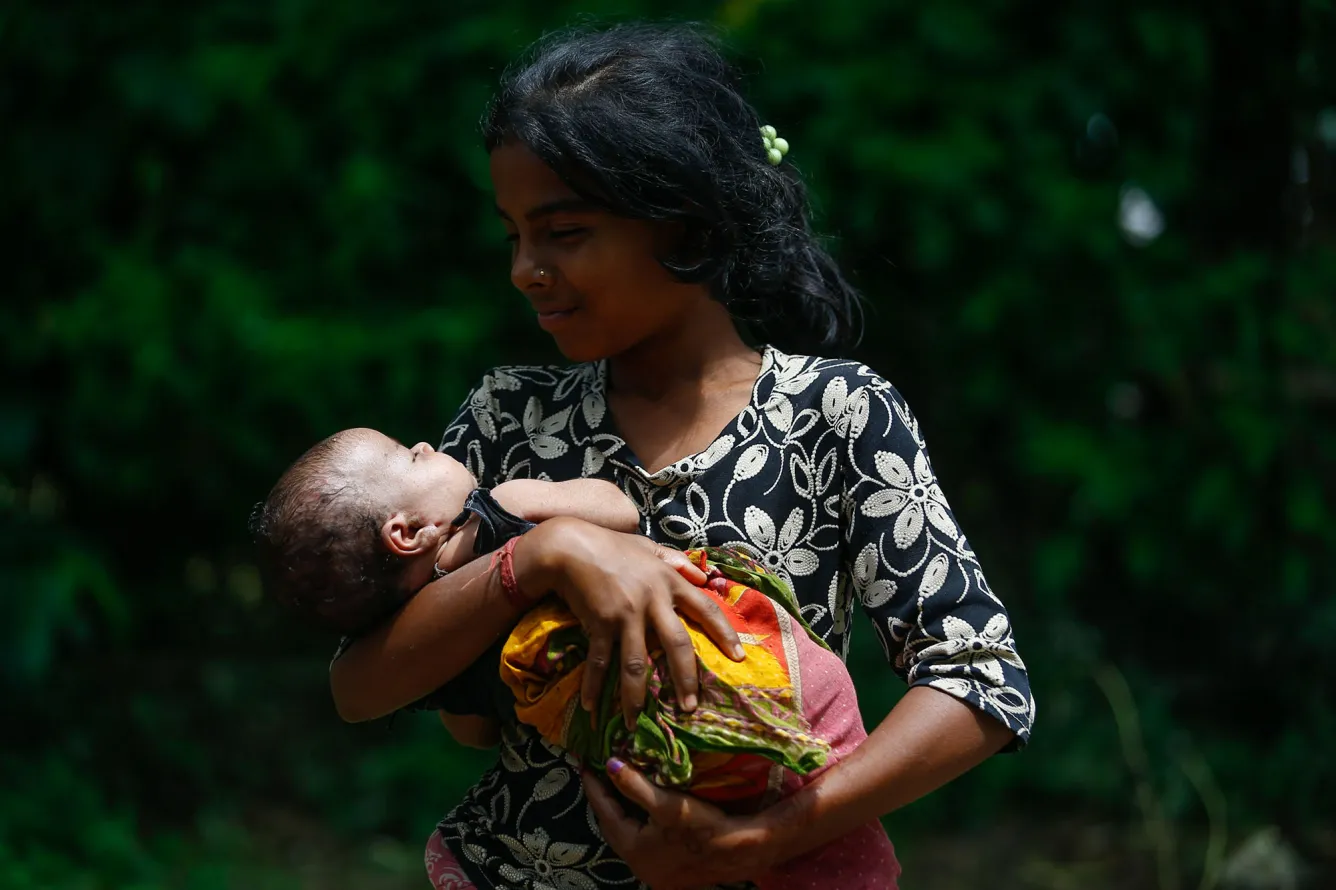
For the last three days, Asha's family had survived on handfuls of murai (puffed rice). More worryingly, Asha's baby was showing signs of weakness and rashes had appeared on her face.
"You have to make sure none of this filth gets to the baby," said Sunita Sulpe, Water, Sanitation and Hygiene Officer for UNICEF, referring to the sludge left behind by the flood as she handed out a hygiene kit to Asha. The kits was one of more than 600 that UNICEF distributed in the district as part of its immediate response.
In the kit were two towels, soaps for washing and bathing, a comb, a nail clipper, sanitary pads, sets of toothbrushes and a toothpaste, and a five-metre rope.
"Use this rope as a clothesline for your baby's clothes," said Sulpe.
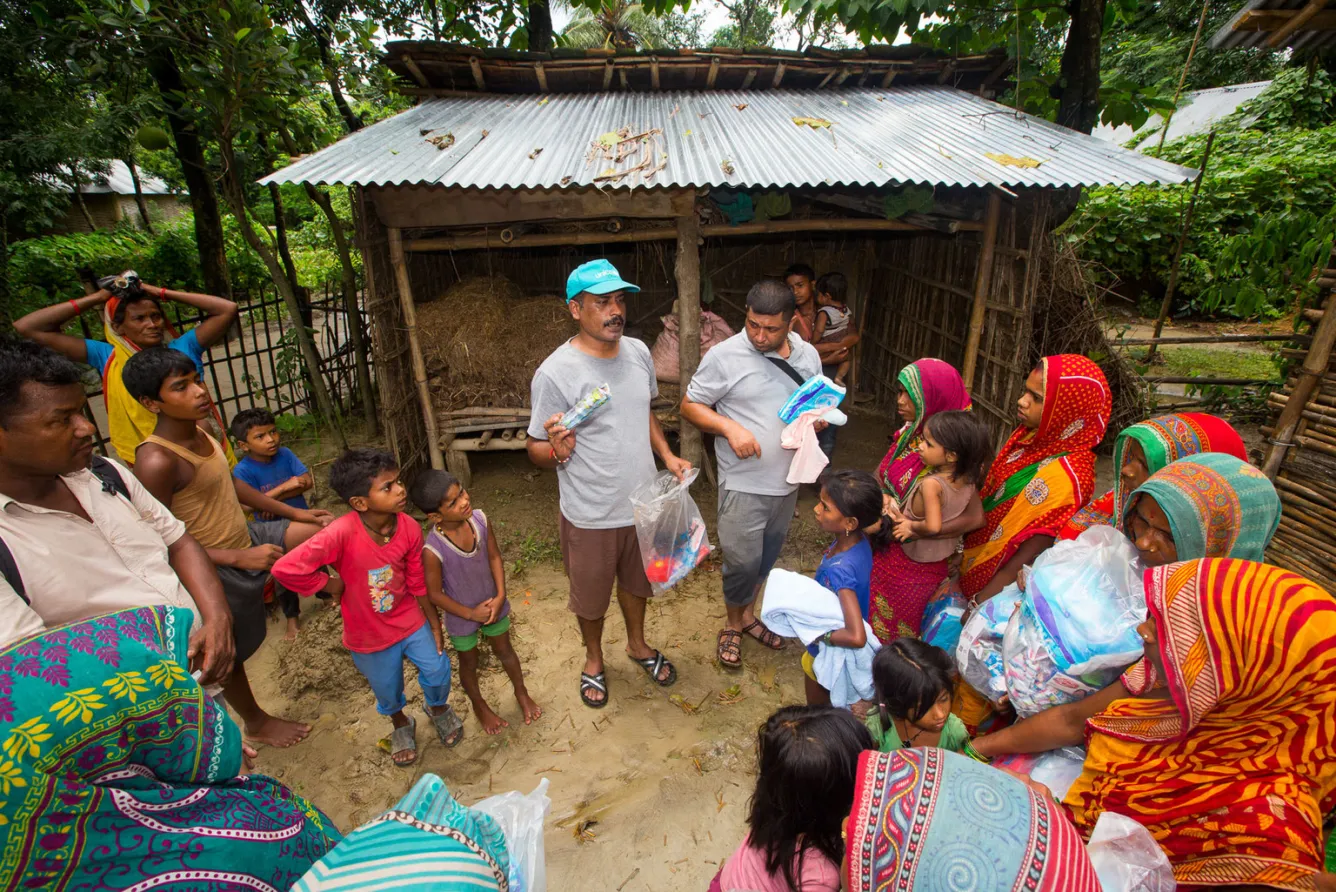
The floodwaters in Portaha have receded by Monday afternoon but they have deposited sludge and, with it, contamination at everyone's doorstep. All across Saptari's flood-affected areas, the risk of an outbreak is high.
"You might get infected with typhoid, jaundice, eczema, diarrhoea, worm infection," said Ashok Jha, a UNICEF staff, explaining to locals in nearby Topa village how they should use the hygiene kit properly to avoid falling ill.
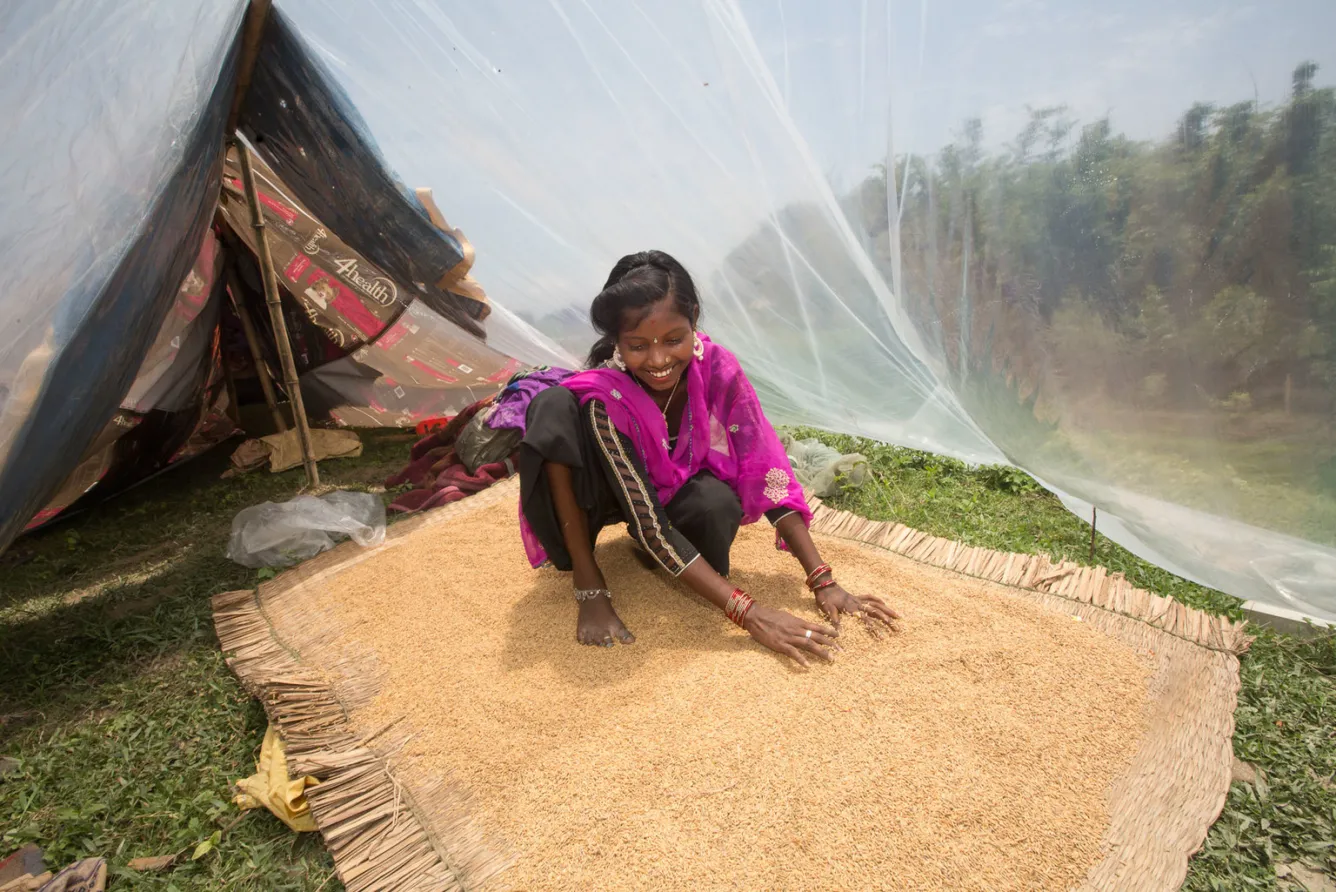
Topa was submerged under over one metre of floodwater from the Khaando River for two days. Villagers spent Saturday and Sunday nights under makeshift tarpaulin tents on the raised roadside.
"All night I was kept awake by my baby daughter who kept crying for us to go home," said Sunita Devi Khang, 30, of Topa. "Now when I bring her home she keeps saying 'water' and urges me to take her away."
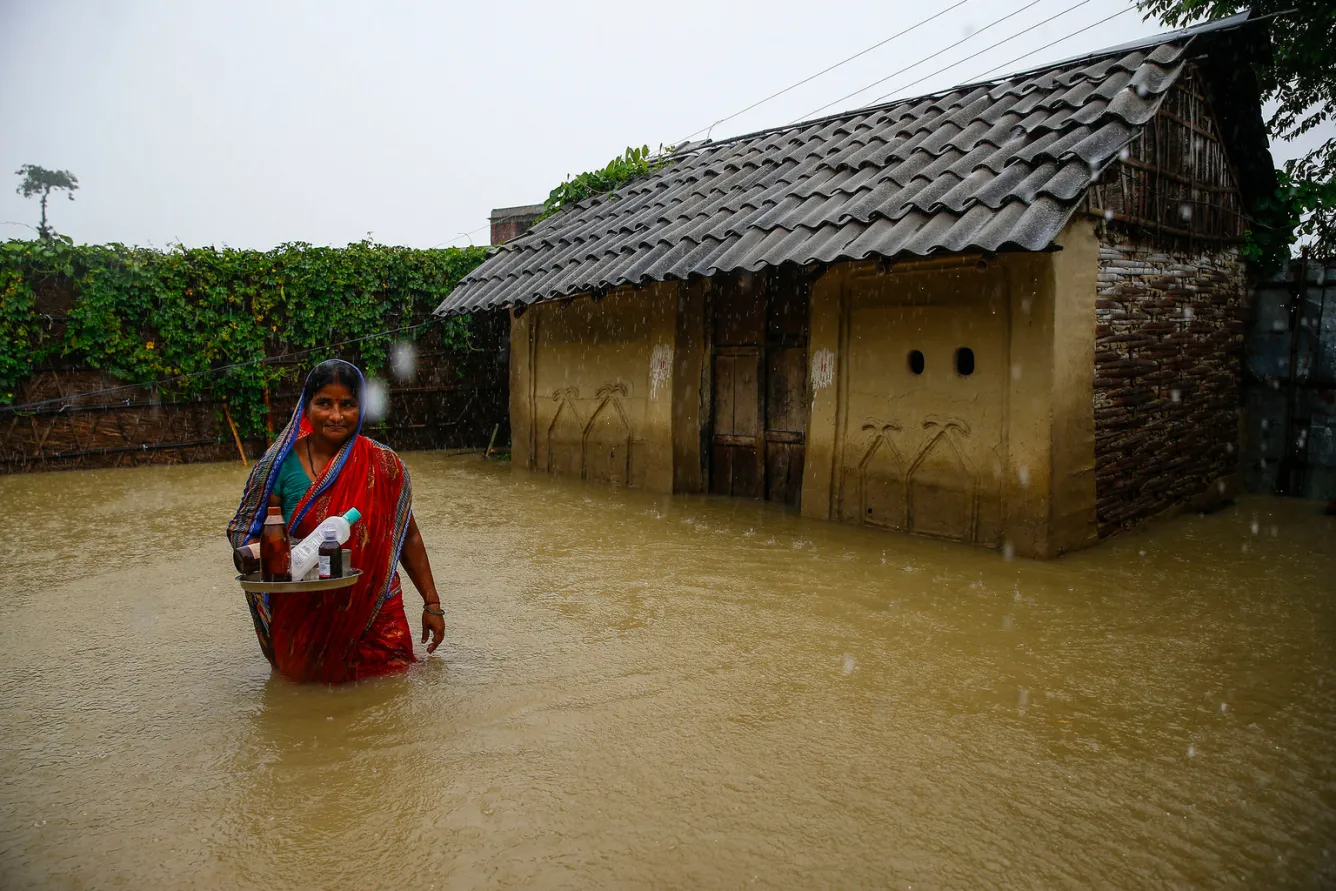
The flood waters swept away a sack of rice and a sack of wheat flour from her hut. Sunita's husband is in Kathmandu and they have not been able to make contact because the phones are dead. The flood has also damaged power lines and there is no electricity since the last two days here.
A group of women have gathered around the relief team in Topa, some with their adolescent daughters in tow. Addressing them, Mr. Jha said, "If you don't need something from the kit for yourself, like the sanitary pads, give it to your neighbors and friends who need it."
